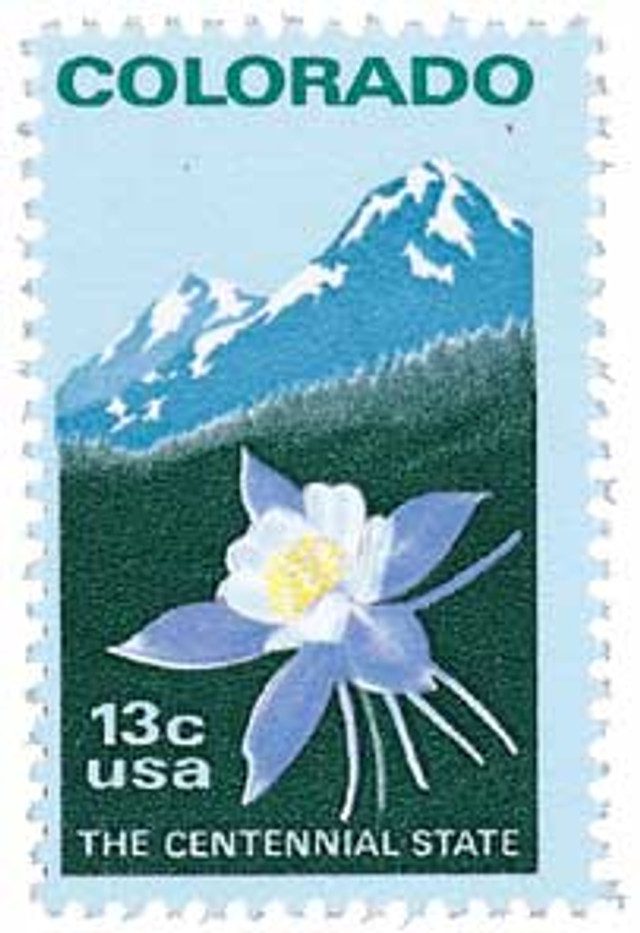
The United Way traces its beginnings to October 16, 1887, when a priest, two ministers, and a rabbi met in Denver, Colorado, to find a better way to help their struggling community. That meeting led to the creation of an organized, citywide effort to coordinate charitable giving—a movement that would eventually grow into the United Way of America.
At the time, Denver was facing serious social problems in the wake of the gold and silver booms. Many residents were unemployed, hungry, or sick, and the city lacked an organized system to care for those in need. The four religious leaders realized that sporadic collections and scattered charities were not enough. They envisioned a more efficient system—one united campaign to raise and distribute funds where they were most needed.
Together, they founded the Charity Organization Society, which brought together ten local health and welfare agencies under one coordinated effort. Their group collected donations, distributed funds to charities, and helped people in need find the right services. They even provided emergency assistance to those who couldn’t get help elsewhere. In its first year, Denver residents raised $21,700—a remarkable amount for the time—to support 22 agencies, providing food, shelter, and medical care for countless struggling families.

The success of Denver’s united campaign inspired others across the country. In 1913, the first official Community Chest was founded in Cleveland, Ohio, following the same principle: unite charitable giving to make it more effective. Citizens and businesses contributed to one central fund, which was then distributed among local social service organizations.
By 1918, representatives from twelve fund-raising groups met in Chicago to form the American Association for Community Organizations (AACO)—the direct forerunner of the United Way. The movement quickly expanded. There were 39 Community Chests by 1919, 353 by 1929, and more than 1,000 by 1948. Even during the challenges of the Great Depression and World War II, these local groups continued to thrive, proving the lasting power of community cooperation.

Other fundraising efforts with similar missions appeared as well, such as the Red Feather Drive and the United Fund. In 1948, several Detroit charities—including the city’s Community Chest—merged to form the United Foundation, one of the first large-scale combined giving campaigns. Over time, many local programs began adopting the name United Way, and by 1970, the national organization officially became known as the United Way of America.

In 1973, the United Way formed a unique partnership with the National Football League (NFL) to increase public awareness of social service needs nationwide. NFL players, coaches, and owners appeared in public service announcements, attended events, and helped raise funds. The partnership brought national attention to United Way’s mission and showed how sports and service could work hand in hand.
The organization’s reach expanded even further in 1974 with the creation of United Way Worldwide, connecting similar programs around the globe. That same year, United Way chapters in the US and Canada raised more than $1 billion for the first time—a historic milestone in charitable fundraising.
In 2009, United Way International and United Way of America officially merged to form United Way Worldwide, now the largest privately funded nonprofit organization in the world. Today, there are 1,800 United Way branches in 41 countries and territories, all working toward the same goal: strengthening communities by improving education, promoting financial stability, and ensuring access to health care.
Every year, nearly 2.9 million volunteers and 9 million donors contribute their time and resources, raising an average of $4.7 billion worldwide. What began as a small gathering of four compassionate leaders in Denver has grown into a global force for good—proving that when people unite to help others, entire communities can be transformed.
Click here for more from the United Way website.
| FREE printable This Day in History album pages Download a PDF of today’s article. Get a binder or other supplies to create your This Day in History album. |
Discover what else happened on This Day in History.





The United Way might have been a perfect creation in the late 19th century but after both world wars became involved with the globalism movement.
One of many scandals: The United Way CEO salary scandal of 2008 rocked the Charlotte, North Carolina area, and the outcry came more from the community than the agency itself. Gloria Pace King worked as CEO at the United Way of Central Carolinas for over a decade. When the community found out King had made $1.2 million in 2007 alone, the highest salary and benefits package of any United Way CEO at the time, it didn’t seem right. While King was at the center of the scandal, the issue was really with the Board of Directors who had authorized all these payments. Following the scandal, King was asked to resign, but she was ultimately fired. The Board agreed to pay the rest of her employment contract, unless she got another job, but cancelled a large portion of her retirement plan. Many charities much more worthy of support!